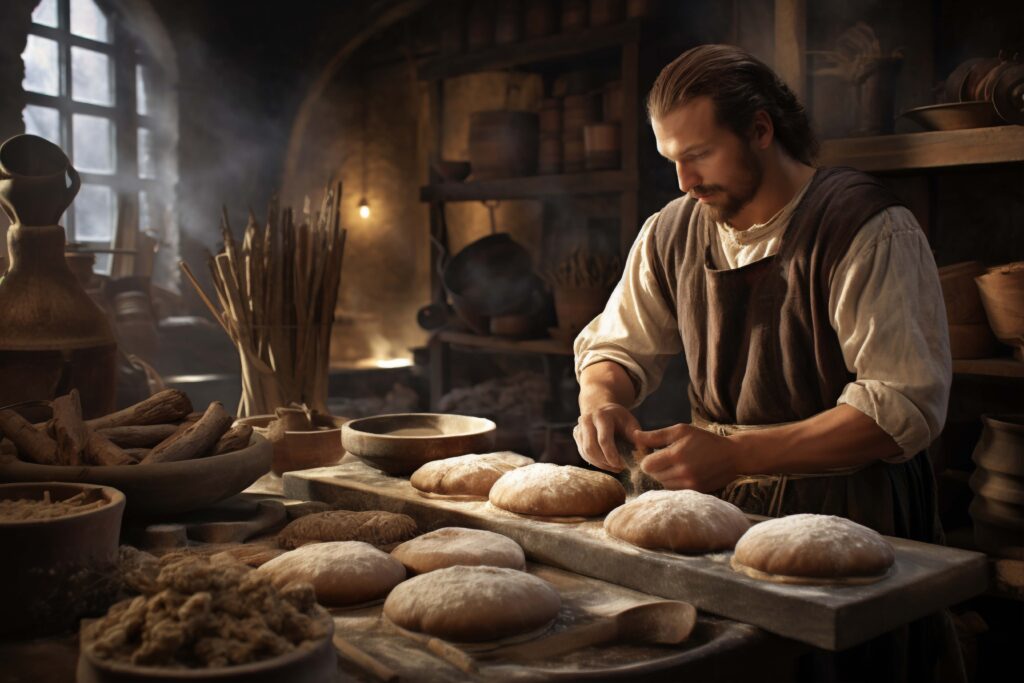
Image source Free Pik
Material distilled from library Ireland and Catholic Ireland and Clare Library
St Flannan is patron of Killaloe (Cill Dalua) diocese which extends over a great distance between Co. Clare and Co. Tipperary, as well as areas of Co. Offaly, Co. Laois, and Co. Limerick. The name Flannan is a diminutive of flann which means ruddy.
The Killaloe monastic connection
The Killaloe monastic diocesan centre was the enterprise of St Lua (554-609) who is considered the founding abbot and bishop. St. Lua was from Ardagh, in Limerick. He studied in Clonard and later in Bangor for the religious life before he was ordained a priest. Lua became more affectionately known as Molua. He later returned home where he founded a some monasteries, as well as his most prominent at Killaloe, a name which means the church of Lua.
St Flannan succeeds St Molua at Killaloe monastery
St Flannan was the son of Turlough, King of Thomond, and also St. Molua’s nephew. Throughout Ireland’s royal history, kings and queens would keep a biographer and an account of family and political life. There is an account given that Flannan studied to “till, sow, harvest, grind, winnow, and bake for the monks.” In his youth Flannan learned theology under scripture scholar Saint Blathmet, before going under the tutelage of his uncle Molua in Killaloe.
Tradition says, that one day at Killaloe, while baking continuously for an period of 36 hours, Flannan’s left hand became transfigured. There was enough light to enable him to continue baking right through the night. The reigning abbot Molua learnt of this incident, and felt it was his opportune time to consider retiring, with the view that Flannan could be the new abbot. The noble people of Thomond were in accord that Flannan should be consecrated. In Rome, he received consecration from Pope John IV (640-2). St. Molua would retire to the monastic centre of Lismore in Waterford and King Turlough who began his reign in 625, would also retired in his old age to Lismore to become a monk.
Flannan as Abbot of Killaloe, enjoyed a golden era when “the fields waved with the richest crops, the sea poured almost on the shore an abundance of large whales and every kind of smaller fish, and the apple trees drooped under the weight of the fruit, woods abounded in acorns and hazel-nuts”. It was a ruddy chef’s dream.
Later in life, Flannan felt his time approaching… So he assembled his closest together, telling them of the importance of observing natural and human justice. Flannan encouraged peace among the people of the provinces. He blessed his relatives and then he passed away.
We celebrate the noble St. Flannan, abbot and chef on the 18th December